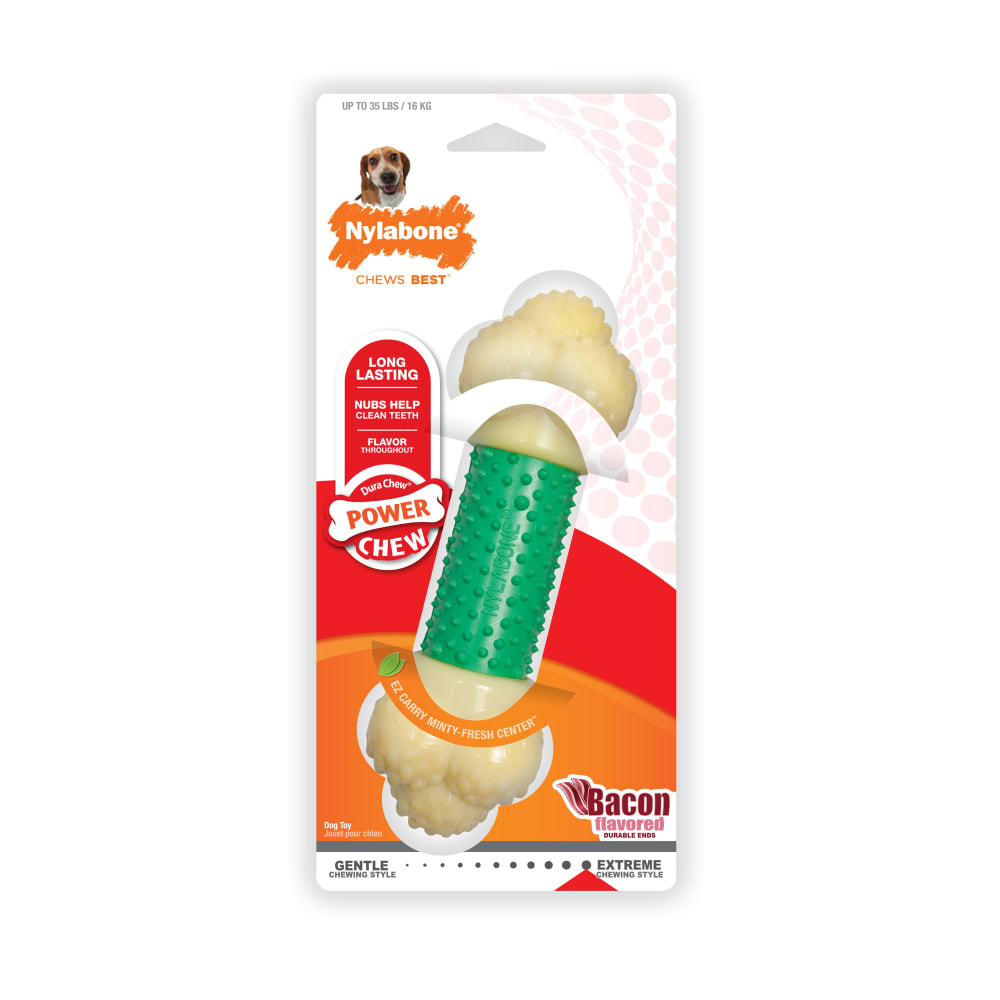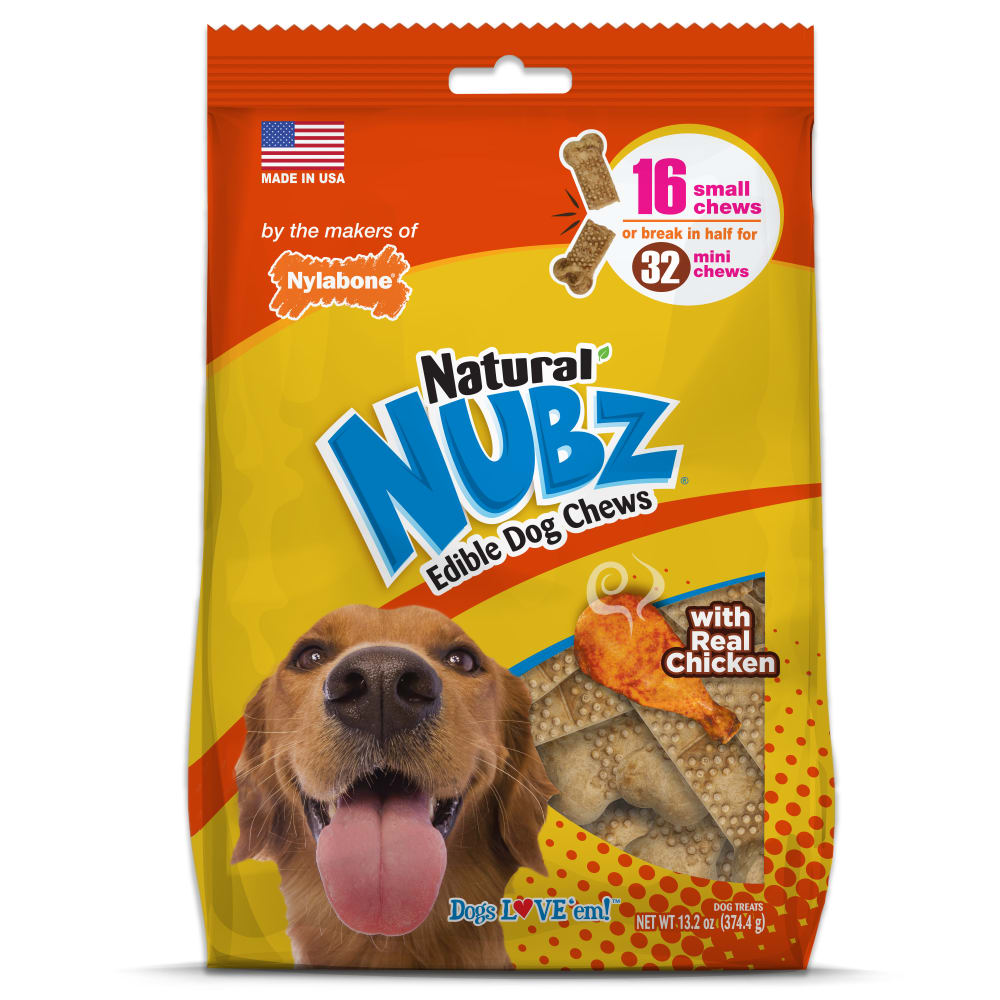Boxer Dog Breed
Country of Origin: Germany
Height: Males 22–25 inches, females 21–23.5 inches
Weight: Males 66–70.5 pounds, females 55–62 pounds
Coat: Short, hard, shiny, lies smooth and tight against body
Colors: Fawn shades, brindle; may have white markings; black mask
Other Names: Deutscher Boxer; German Boxer
Registries (With Group): AKC (Working); UKC (Guardian)
Origin and History
About 4,000 years ago, the Assyrians used large, powerful dogs as weapons of war. They were called "Molossians" (for the city of Molossus), and their popularity spread across Europe. In Germany, descendants of the Molossians became the bullen-beisser (bull-biter), whose original purpose was to bait bulls, hunt, and pull carts. The smallest version of the Bullenbeisser eventually became the foundation for the modern Boxer, and he evolved into a do-most-anything breed, working as a guardian, herder, and even a trick dog. The Boxer began his development as a distinct breed around Munich, Germany, beginning in the late 1800s and was refined by three Germans: Friedrich Robert, Elard Konig, and R. Hopner, who brought the Boxer to world prominence. The Boxer was brought to the United States after World War I and has been popular ever since. Today's Boxer is handsome, athletic, and tractable, excelling in everything from service work to competitive obedience.
Personality Profile
The Boxer's short muzzle and broad skull give him a curious expression that is instantly recognizable the world over. His name conveys a style of fighting that is apt for this dog—when he plays with other dogs or people, he "puts up his dukes" and appears to box his playmate. Boxers are playful, curious, energetic, and high-spirited.
Care Requirements
Exercise
The Boxer is an energetic, athletic dog. He needs long walks, lots of active play, and activities that include mental as well as physical challenges, such as agility, flyball, and rally.
Grooming
The Boxer's short, smooth, and sleek coat is easy to keep clean and neat with a simple rubdown and soft bristle brush. His face requires extra attention to keep the wrinkles and flews free of dirt and debris.
Life Span
The average life span of the Boxer is 11 to 14 years.
Training
The Boxer's high intelligence and problem-solving ability allows him to thrive on obedience training. His strength and energy can make him a challenge to manage, and he needs a firm but fair leader.
Find a Nylabone chew, treat, or toy for your Boxer or large dog by using our Custom Product Finder!
FOLLOW US!






